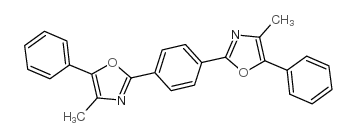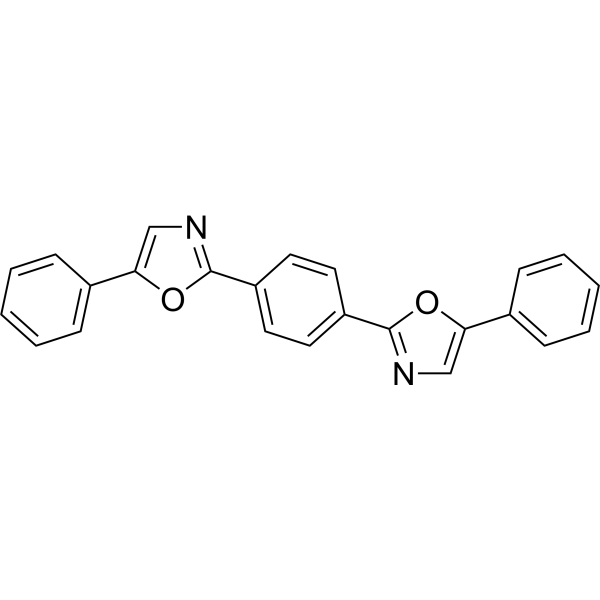| Structure | Name/CAS No. | Articles |
|---|---|---|
 |
dimethyl popop
CAS:3073-87-8 |
|
 |
POPOP
CAS:1806-34-4 |